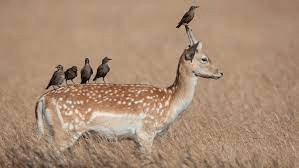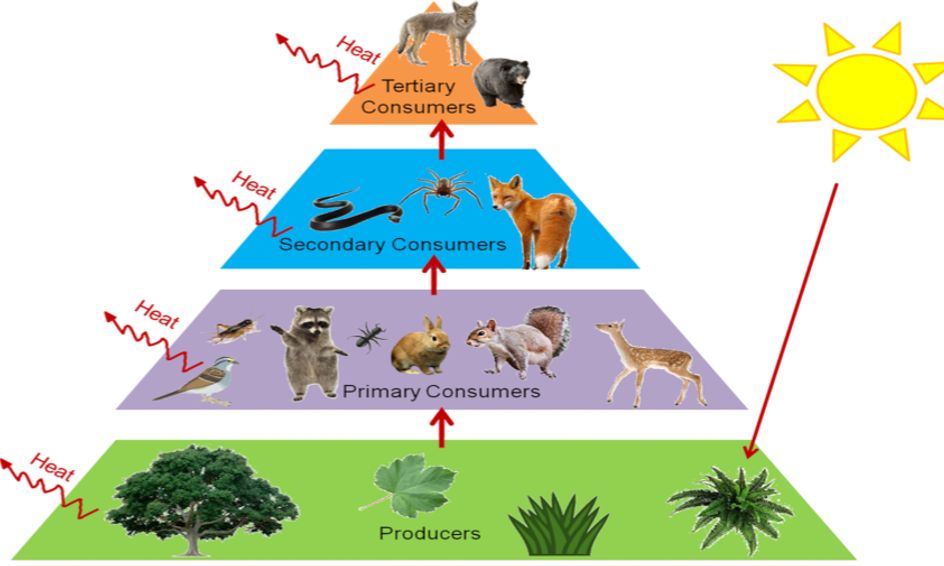What is ecosystem?
Put the organisms in the correct order to create a food chain:
Oak Tree, Sun, Woodpecker, Tree Dweling Insects
Sun-Tree-Insects-woodpecker
Choose the organism that would cause the greatest impact if it died.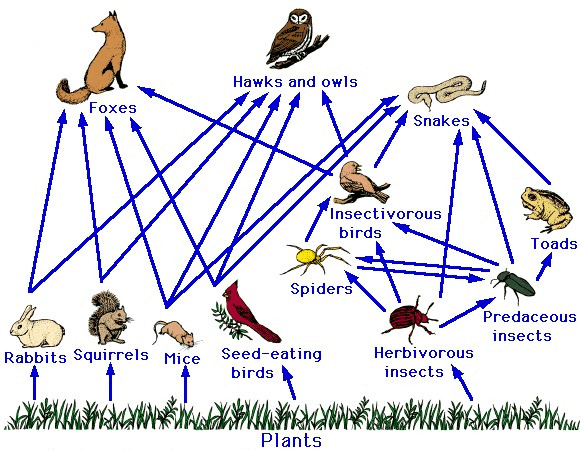
The grass! As this ecosystems producer it starts the food web. Without the grass, the entire food web would collapse.
In an energy pyramid, food chain, and food web, the arrows represent the transfer or movement of ____________ through an ecosystem!
ENERGY
Read the following example and explain which symbiotic relationships is seen:
The Nile crocodile is well-known for being hyper-aggressive whenever an uninvited visitor steps into their territory. However, there is one creature that the scaly reptilians will not only tolerate, but practically welcome into their aquatic domain. Incredibly, the Egyptian Plover aka “Crocodile Bird” will fly into the crocodile’s open mouth and feed upon the decomposing meat stuck between their teeth. The plover gets a not so scrumptious meal while the crocodile gets a little free dental work!
Mutualism!
It is a Win-Win!
Two Thumbs Up!
+, +
:) :)
An organism the creates its own glucose using energy from the sun.
What is a producer!
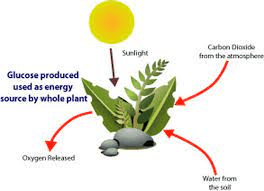
You locate a branch that has fallen from a tree. It has fungus covering it and is clearly decomposing. Is this branch considered biotic or abiotic?
What is biotic!
Our of the organisms below, which is the producer?
Mushroom
Ivy
Ant
Deer
Ivy
Why is a food web more stable than a food chain? Use the image below in your response!
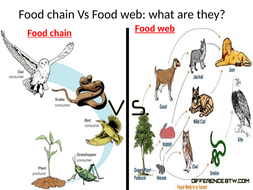
In a food chain, if one organism dies, the entire ecosystem would crumble; however, in the food web, if one organism dies off the ecosystem might stumble but it will not crumble...fun stuff
In energy pyramids, how much energy is gained by each consumer.
For example, producers store close to 100% of the energy they create, so how much energy would rabbits keep by consuming a producer.
10%
The other 90% is lost in heat! This is lost by hunting, consuming, digesting, and excreting!
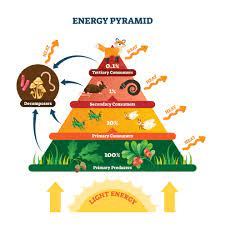
Read the example below and tell me what the symbiotic relationship is:
- A spider uses a tree to build its web. The tree is not impacted but the spider needs the tree for shelter and safety.
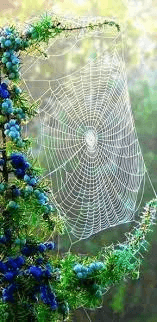
Commensalism
Win, Neutral
+, 0
:) :|
An organism that must consumer or absorb nutrients because it cannot creates its own energy!
What is a consumer!
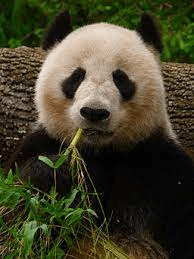
Sunlight provides energy and every living organism is dependent on this energy! Is sunlight biotic or abiotic?
Sunlight is abiotic!
Explain how the TOAD would be impacted if the grass were to have army worms invade and kill it.
Sun-Grass-Cricket-Toad-Snake
The grass would be killed, so the crickets would begin to die off without their food source. Without this food source, the toad would die.
In the food web below, why are the hawk and fox considered the tertiary consumers?
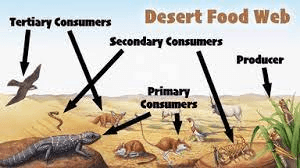
The hawk and the fox are the tertiary consumers because they are the top predators and they consumer the secondary consumers, who consume the primary consumers...
In this energy pyramid, why is the sun pointing to the bottom level?
The sun is giving energy to the producers!
Side Note: Arrows represent the transfer of energy in energy pyramids, food chains, and food webs!
Which symbiotic relationship is seen here?
- Tiny pseudoscorpions hitchhike on larger insects to get from place to place. The insect is not harmed.
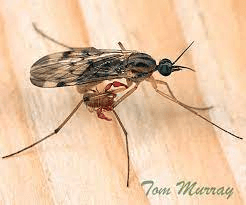
Commensalism!
Win, Neutral
:) :|
+, 0
An organism that consumers only producers!
What is an herbivore?
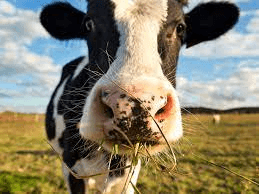
Water is also essential for life! Is water biotic or abiotic?
Water is abiotic!
In this food chain, why would all of the organisms eventually point towards the worms?
Sun-Grass-Grasshopper-Bird-Hawk
The worms are decomposers, so once these organisms die, they will begin to decompose and be consumed by the worms. The worms will recycle the nutrients from the organisms back into the soil.
In the food web below choose the organisms that are NOT prey...only predators.

Buzzard and Fox
In this energy pyramid, why do all levels have arrows pointing towards the decomposers?

Eventually, all of the organisms in each level will die off and then they will be consumed by the decomposers who will recycle their nutrients back into the ground...it's the circle of liiiiiife!
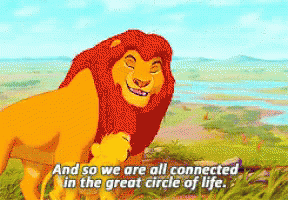
Which symbiotic relationship is seen here?
- Head lice live on small amounts of blood in the scalp. The host human feels itchiness in their hair as the lice bite and move around.
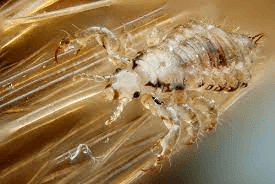
Parasitism!
Win, Lose
+, -
:) :(
An organism that eats both producers and consumers!
What is an omnivore!
Explain how the following biotic and abiotic factors work together to maintain a healthy ecosystem!
Sunlight, Dirt, Grass, Wolf
Answers may vary...but something like:
The sunlight provides energy for the grass to complete photosynthesis. The dirt also provides a habitat and important nutrients to help the grass grow. Then herbivores, such as rabbits, eat this grass for energy! The wolves then eat the rabbits to gain energy! Without the grass, the rabbits would die, and without the rabbits the wolves would lose a food source.
Use the example below to explain why a food chain is not stable and lacks biodiversity.
Sun-Grass-Grasshopper-Bird-Hawk
If one of the organisms were to die, the entire food chain or ecosystem would break down nd everything living would also die.
In the food web, which organisms would be impacted if the shrew died off due to disease.
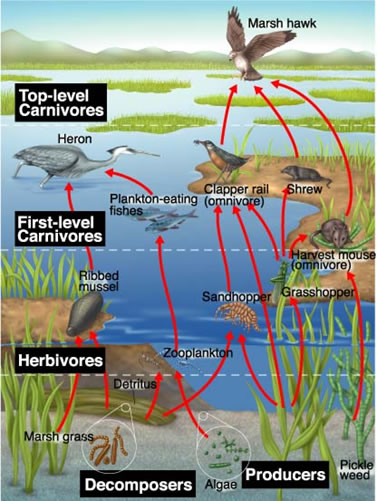
The marsh hawk would lose one food source.
The grasshopper would lose one predator.
The producer will have less predation.
*Side note: You see! This ecosystem might change a bit, but it would NOT crumble because of only one species death. This is a healthy ecosystem with biodiversity and balance.
In this energy pyramid, which organism is the top predator and how much energy have they gained?

Sea Anemone and 100 grams
Which symbiotic relationship from your lab last week is seen here?
- Sheep graze on just enough grass to keep themselves fed.
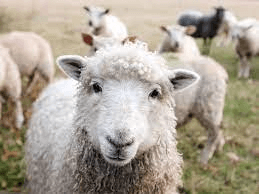
Predation!
Win, Lose
+, -
:) :(
What are symbiotic relationships?
a close ecological relationship between the individuals of two (or more) different species.
